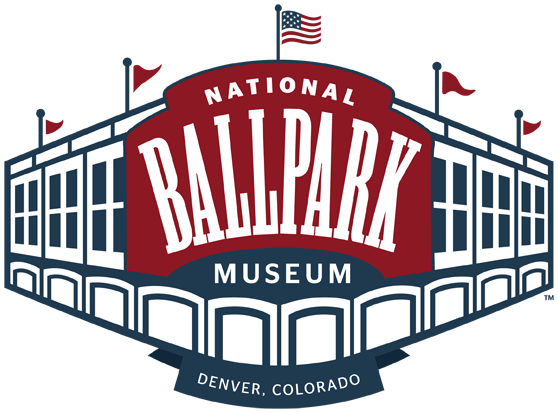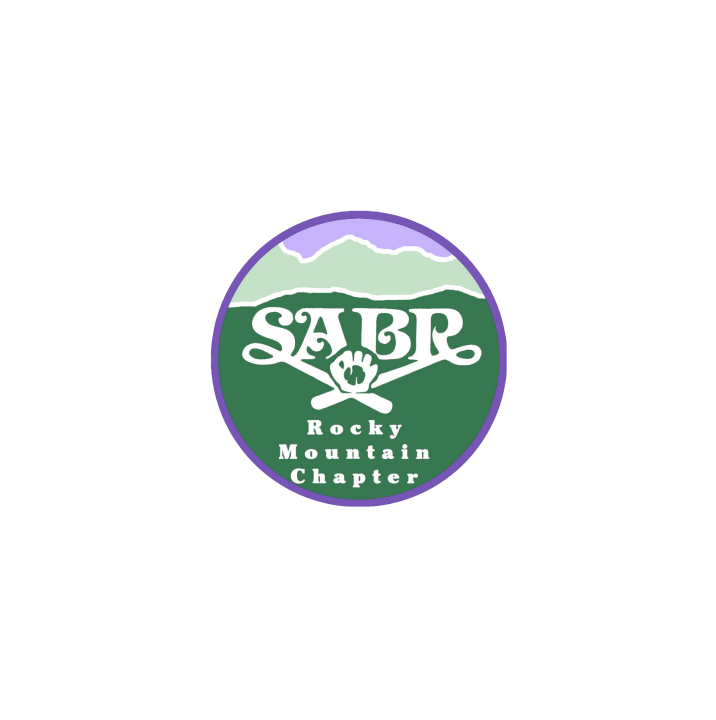This article was written by Jay Sanford, guest author and historian from Denver, Colorado.
By the time Rube Foster organized The Negro League, in 1920, black baseball had already traveled a long and often bumpy road. Foster came from the small country town of Calvert in southwest Texas. He became attracted to baseball as a young boy and by the age of eighteen, this six foot four inch two hundred ten pounder was the star pitcher for the Waco Yellow Jackets Black touring team. Soon Foster, the son on a Methodist minister, took his strong right arm and puritan living habits and moved to Chicago where he quickly connected with Frank Leland the undisputed leader of the city’s black baseball community. The baseball world soon recognized his talents as seen in the Chicago Inter-ocean “Rube Foster is a pitcher with the tricks of a Amos Rusie and with the coolness and deliberation of a Cy Young. What does that make him? “Why, the greatest baseball player in the country; that is what the greatest baseball players of White Persuasion that have gone against him say.”
While the game of baseball dates back to the 1740’s, in America, it was slow to gain acceptance prior to the Civil War. At the war’s end, black and white soldiers alike, who had learned the game in army camps, returned to their homes taking baseball with them. The game’s popularity spread quickly as men’s and boy’s teams began to crop up in cities, towns, farm communities and mining camps all across the land. As one might expect, baseball mirrored American society. It was rare that African-Americans and white Americans would cross paths in the work place, church, social events etc. and that practice carried to the baseball diamond. With few exceptions, black and whites did not take the field to compete with or against each other. In fact, in 1867 the National Association of Baseball Players would not allow any ball club with even one “person of color” to join their association. As a result, black teams and leagues began to organize rapidly, especially in larger metropolitan area. These leagues were primarily amateur and semi-pro where a hat was passed in the grandstand for the fans to donate to help defray the players expenses. A ball club’s more talented players would receive payment based on their skill level. Some semi-pro teams had corporate sponsors to help pay their players a modest wage.
The great Bud Fowler is recognized as baseball’s first black professional player. Flowler’s talents on the ball field were so outstanding that white teams were quick to ignore his skin color and as a result, Bud played on several minor league clubs. In 1885, Fowler was with Keokuk of the Western League when the league broke up in mid July. At Keokuk, Bud was teammates with future major leaguers Flaming Darby O’Brien, Dan Dugdale and Baldy Silch. Finding himself without a job and over a thousand miles from his home near Cooperstown, New York, Bud Fowler caught a train to Colorado when the Pueblo Pastimes team, offered him a generous contract based solely on his reputation. The reception committee in Pueblo that included fans, sport writers and owners were shocked to see Fowler “with skin dark as night” step from the train. Bud was well received in Pueblo as well as all the towns where he played in the Colorado State League.
Independent professional black teams gained popularity in the 1880”s as they criss crossed across America barnstorming while playing primarily against white teams. In 1888 the Cuban Giants defeated the outstanding New York Giants, of the National League, four games to one in an exhibition series. This caught the attention of the city of New York when their proud Giants lost the series to a black ball club.
The Pueblo Blues became the first black team in Colorado when they first took the field in 1884. This club featured Zack and Bill Dean, a brother duo, that later integrated several white teams in Pueblo. It was common for the Pueblo Blues to place an advertisement in the local newspaper and challenge one of the area’s white teams to a winner take all contest for the following Sunday afternoon. The prize would range from fifty dollars to one hundred dollars or more. In the mid 1890’s, George Tebeau, “the Father of Colorado Baseball”, owned a Denver based professional ball club that toured several boarding states and had George Taylor as one of it’s premier players. Taylor and fellow African-American William Castone played on a variety of Colorado white semi-pro teams, including Aspen, Colorado Springs and Denver. During the late 1880’s and early 1890’s, Taylor and Castone were in great demand and would play for the ball clubs that could best afford their services. Denver produced more than a dozen prominent black baseball teams during a fifty year span that began around 1890. The Rocky Mountain News was the first major publication to report on a game between two black ball clubs in Denver when the Black Diamonds played a series of games against the Colorado Champions in 1891. The Lipton Teas team came on the scene in 1900 followed by the A.B.C.’s, the Denver Monarchs, the Joe Alpert Clothiers, the Goldstone Jewelers, the Home Owned Stores, the Denver Giants and the Rocky Mountain Giants. Coors Brewery also fielded a black team for the 1934 season. However, when speaking of black baseball in Colorado, the conversation begins and ends with the Denver White Elephants. This team was owned by A.H.W. Ross who was a successful business man and local politician. The White Elephants played twenty one seasons from 1915 to 1935. The team’s homefield was located at twenty third and Welton Streets and the club was the pride of the five points neighborhood. Albert Henderson Wade Ross also owned the historic Rossinian Hotel that stillstands today in Denver. Ross was always able to sign all the top talent available for his ball club. Pitcher Tom “Pistol Pete” Albright and infielder Theodore “Bubbles” Anderson played for the White Elephants on their way up to the Negro Leagues. Albright and Anderson were the only two players from Colorado to play Negro League baseball. A remarkable fact to consider is that all the black clubs noted here flourished in an era when African-Americans represented only 3.2 % of Denver’s population. This indicates that the fan base for black teams included whites and African-American buying tickets and sitting shoulder to shoulder in the stands. The ball park provided a rare venue for members of these two races to associate socially.
Many teams, both black and white, found it necessary to barnstorm in order to survive. As an example, in 1922 with the Negro League only being two years old, the Kansas City Monarchs came to Colorado and played an exhibition series against the Class “A” Minor League Denver Bears. Colorado baseball fans were thrilled at the talent on the Monarch Club which included Dobie Moore, Newt Allen and future Hall of Fame members Bullet Rogan and Cuban born Jose Mendez. One year later in October of 1923 another Negro League contingent from St. Louis arrived, this time playing against two Denver semi-pro teams, The Milliken Whizbangs and the M.&O. Cigars. The St. Louis Stars Club featured three players now enshrined in Cooperstown, Turkey Stearnes, Andy Cooper and possibly the fastest player to ever lace on baseball spikes, Cool PaPa Bell. Such was life in the Negro Leagues. Andrew “Rube” Foster was an exceptional man when it came to baseball. He was an exceptional pitcher, an exceptional manager, an exceptional owner, an exceptional league President and was the person who founded the Negro National League in 1920. Beginning in 1870’s, there had been numerous attempts to establish black professional baseball leagues across America. Some of these leagues enjoyed brief success but ultimately they all failed.
Foster, in his wisdom (one writer called him an unlettered genius), limited the league to only eight ball clubs and made certain that each franchise was located in a city where professional baseball was already successful. No final standings were published in 1920 but the Chicago American Giants were awarded the pennant. The other teams that season were the Detroit Stars, the Chicago Giants, the Dayton Marcos, the Indianapolis A.B.C.’s, the Kansas City Monarchs, the St. Louis Giants and the Cuban Stars of New York City. Mr. Foster also assured that each team owner was financially sound and was African-American. The lone exception was J.L. Wilkinson, a white man who owned the Kansas City Monarchs. Wilkinson had operated black ball clubs for nearly twenty years leading up to the 1920 season. It was common place that change occurred nearly every year in the Negro League. In 1921, the Cuban Stars moved from New York to Cincinnati and the Dayton Marcos were replaced by the Columbus Buckeyes. In 1923 the Eastern Colored League was allowed entry into the Negro Leagues and in 1924 the first Negro League World Series was held with the Kansas City Monarchs defeating the Hilldale Club of Philadelphia five games to four.
Also in 1924, the Memphis Red Sox and the Birmingham Black Barons became the first southern based ball clubs admitted into the Negro Leagues. It is understandable that one would ask is it the Negro League or the Negro Leagues? As you will see, both names are correct depending on the year. The Negro National League ran from 1920 -1948. The Eastern Colored League was a member from 1923- 1928. The Negro Southern League was a league member for one season in 1932. The Negro American League was a member in 1929 and then again from 1937-1950. With little doubt the most popular Negro Leagues event was the annual East/West All-Star game which began in 1933 and was played at Comiskey Park in Chicago. Arch Ward, a Chicago Tribune sports writer, was the creator of the game as well as creating the annual Major League All-Star game and the yearly game between the reigning National Football League champion and the College All Stars. Arch Ward should be considered an “Unlettered Genius” in his own right. The East/West All-Star game was played to packed house each year and saw the audience dressed in their finery as they celebrated for the entire week-end on Chicago’s southside.
With few in decent, most Negro League historians agree that Negro League Baseball ended in 1950, even as some semblance of the League continued until 1960. For just as segregation created the League it was integration that caused it’s demise. While far too many people still believe that Jackie Robinson was the first black Major League player (Moses Fleetwood Walker was the first in 1884) it was Jackie, signing with the Brooklyn Dodgers’ organization in 1946, that began the rapid decline in the talent level of the Negro Leagues. Stars such as Monte Irvin, Roy Campanella, Larry Doby, Don Newcombe and even elder statesman, Satchel Paige soon left the Negro Leagues to fulfill their dreams to play in the Major Leagues.
It is a fact that Jackie Robinson broke the color barrier in the Big Leagues, in an April 1947 game against the Boston Braves. That game marked the culmination of events that began in Colorado in 1934 when the renown Denver Post Tournament invited the Kansas City Monarchs to participate. This was the first major competition, of the twentieth century, in the United States, between professional black and white teams in something other than exhibition baseball. The Denver Post Tournament began in 1915 as a state wide competition and developed into America’s premier baseball event outside of the Major Leagues.
Sports writers often referred to the tournament as “The Little World Series” and “The Western World Series”. It attracted teams from Florida to California, from Texas to Canada and from Arizona to the Mississippi Valley. All competing for the title of The Denver Post Champion. From 1901 until 1961 Major League Baseball had just sixteen teams and many of those teams sent their scouts each year to cover The Post Tournament. Their efforts were rewarded as talented players were in abundance as is evidenced by the fact that a total of one hundred and forty seven big leaguers participated in The Post Tourney. Aaron Ward who played in three World Series as Babe Ruth’s teammate with the New York Yankees and fellow Yankees’ pitching greats Urban Shocker and Allie Reynolds were major attractions in the tournament as well. Baseball Hall of Fame members Rogers Hornsby, Grover Cleveland, Alexander and Dazzy Vance also took their bows before the packed stands at the Denver Post Tournament.
Denver baseball fans were accustomed to seeing America’s best talent that was not already playing in the Major Leagues. The talent level began to grow even more after the Kansas City Monarchs integrated the Post Tournament, in 1934, followed by the Negro League All-Stars in 1936. These two teams featured a total of nine future Baseball Hall of Fame members on their respective rosters. Satchel Paige, Ray Brown, Josh Gibson, Willie Foster, Buck Leonard, Cool Papa Bell, Turkey Stearnes, Andy Cooper and Bullet Rogan All thrilled the fans at Denver’s Merchants Park and all have been enshrined at Cooperstown. As a result of these black players being accepted by the people in the grandstand and also by their white competition on the diamond, teams returned home from Denver and began to integrate, on the ball field. The Denver White Elephants are an example of this. A.H.W. Ross disbanded his team in 1936 because now his players were able to play on what had previously been all white ball clubs. Baseball’s door to integration was left ajar by the Denver Post Tournament and little more than a decade later was kicked wide open by Jackie Robinson and Branch Rickey. Denver should always take pride in the roll it played in integrating organized baseball.



[…] city produced more than a dozen prominent Black baseball squads from about 1890 to 1940, the most notable of which was the White Elephants. That team featured […]
[…] city produced more than a dozen prominent Black baseball squads from about 1890 to 1940, the most notable of which was the White Elephants. That team featured […]